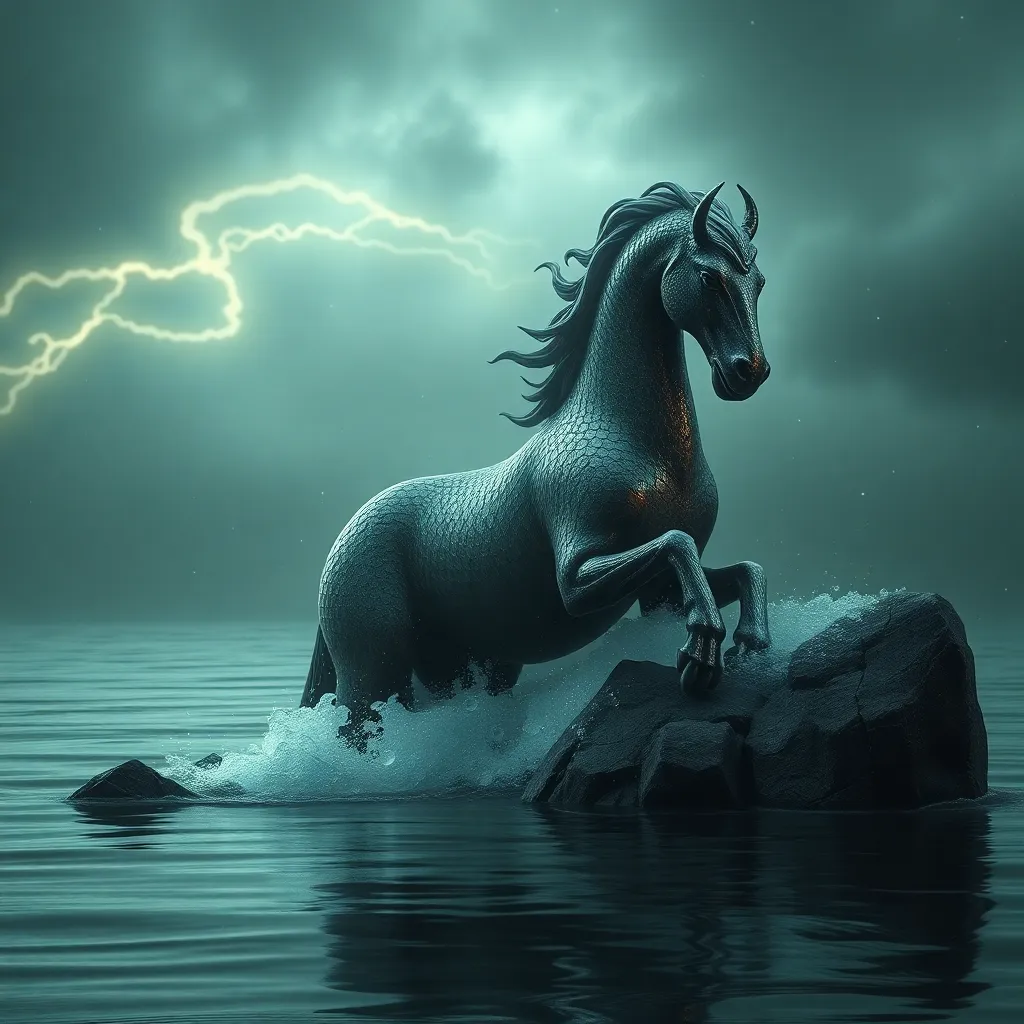Chupacabra in the Dance: Exploring the Myth’s Connection to Ritual and Performance
I. Introduction
The Chupacabra, a legendary creature often described as a blood-sucking monster, has captured the imaginations of many across the Americas. Its mythos has evolved since its inception in the 1990s, becoming a poignant cultural symbol representing fear, resilience, and the unknown. This article delves into the intricate relationship between the Chupacabra myth and the rituals and performances that bring it to life, emphasizing the importance of cultural narratives in shaping identity.
By examining the origins of the Chupacabra myth, its role in cultural identity, and its manifestations in dance and performance, we can uncover how folklore continues to resonate within contemporary society. The following sections will explore the historical, psychological, and social implications of the Chupacabra as a living myth.
II. The Origins of the Chupacabra Myth
The Chupacabra myth has its roots in Puerto Rico, where the first reported sightings emerged in the mid-1990s. Eyewitness accounts described a creature that preyed on livestock, particularly goats, draining their blood and leaving them lifeless. This phenomenon sparked widespread panic and curiosity.
Over time, the story of the Chupacabra has evolved, with various interpretations arising in different regions. Initially depicted as a reptilian creature, accounts shifted to portray it as a dog-like animal, reflecting the cultural contexts and fears of the communities recounting the tale.
Geographically, the Chupacabra myth has spread from Puerto Rico to other parts of the Americas, adapting to local cultures. This migration signifies not just a change in the creature’s appearance but also a transformation in its symbolic meaning.
III. The Role of Myth in Cultural Identity
Myths serve as cultural touchstones, connecting generations and providing a framework for understanding the world. The Chupacabra embodies a range of societal fears, from economic instability to environmental concerns, making it a relevant symbol in contemporary narratives.
As a symbol of fear and resilience, the Chupacabra also reflects the struggles of communities facing adversity. It becomes a means of expressing collective anxiety while simultaneously reinforcing cultural identity and solidarity among those who share the story.
Furthermore, the Chupacabra myth serves as a mirror, reflecting societal issues such as migration, globalization, and the impact of modernity on traditional ways of life. Folklore plays a crucial role in articulating these dynamics, offering insights into the collective psyche of communities.
IV. Rituals and Performance in Mythology
Rituals and performances are integral to the perpetuation of myths, functioning as mechanisms for cultural expression and community bonding. In many cultures, rituals serve to mark significant life events, commemorate historical occurrences, or invoke the spirits of ancestors.
The intersection of myth and ritual is evident in various traditions around the world. For instance, indigenous communities often incorporate mythological narratives into their ceremonial practices, using dance, music, and storytelling as mediums for conveying cultural knowledge.
Performance, in this context, is vital for keeping myths alive. It allows communities to engage with their heritage actively, fostering a sense of continuity and belonging across generations.
V. Chupacabra in Dance Traditions
Contemporary dance forms have begun to explore the Chupacabra myth, offering choreographic interpretations that reflect its complexities. Dancers draw inspiration from the creature’s attributes, incorporating themes of fear, agility, and the unknown into their movements.
Choreographic interpretations of the Chupacabra often blend traditional and modern elements, allowing for a diverse range of expressions. Some performances utilize storytelling techniques to narrate the tale of the Chupacabra, while others focus on the emotional responses elicited by the myth.
The impact of dance on the perception of the Chupacabra can be profound. Through movement, dancers can evoke the tension and anxiety associated with the myth, transforming fear into a powerful artistic expression that resonates with audiences.
VI. Case Studies: Festivals and Performances Featuring the Chupacabra
Several festivals celebrate the Chupacabra, providing platforms for performance and community engagement. These events often feature parades, music, and dance, bringing together people to honor their shared cultural heritage.
- Chupacabra Festival in Puerto Rico: This annual event showcases artistic performances inspired by the myth, including theatrical interpretations and traditional dances.
- Folklore Festivals: Various folklore festivals across Latin America incorporate the Chupacabra into their programming, emphasizing its role in local culture through storytelling and performance.
Through these performances, communities engage with the Chupacabra myth, revitalizing folklore and reinforcing cultural identity. The act of performing the myth becomes a communal experience that strengthens social bonds and fosters creativity.
VII. The Psychological and Social Implications of the Chupacabra Dance
Exploring the psychological dimensions of Chupacabra-themed performances reveals the interplay between fear, community, and catharsis. Dance can serve as a mode of expression that allows individuals to confront their anxieties in a supportive environment.
Moreover, the role of dance in cultural healing and storytelling is significant. By embodying the myth, performers can articulate personal and collective experiences, transforming fear into a narrative of resilience and survival.
In this way, the Chupacabra becomes a vehicle for social commentary, prompting discussions about contemporary issues such as migration, identity, and environmental change. The performance of the myth allows communities to address these topics creatively and collaboratively.
VIII. Conclusion
In summary, the Chupacabra myth serves as a rich cultural narrative that reflects the fears and resilience of communities across the Americas. Its evolution from a local legend to a symbol of broader societal issues illustrates the power of folklore in shaping cultural identity.
The exploration of rituals, performances, and dance traditions associated with the Chupacabra reveals the ongoing relevance of this myth in contemporary society. As communities continue to engage with the Chupacabra through artistic expression, they contribute to the vitality of their cultural heritage.
Ultimately, the interplay between myth, ritual, and performance underscores the importance of storytelling in cultural expression, ensuring that the legacy of the Chupacabra endures for future generations.



